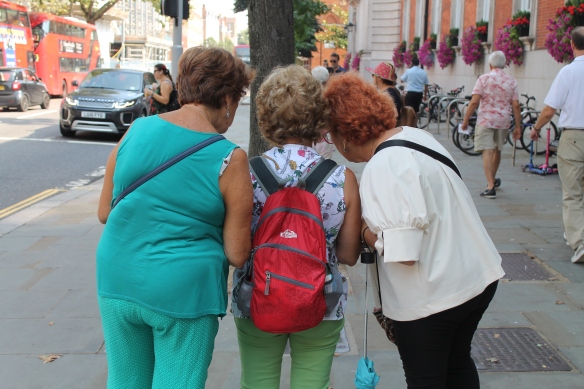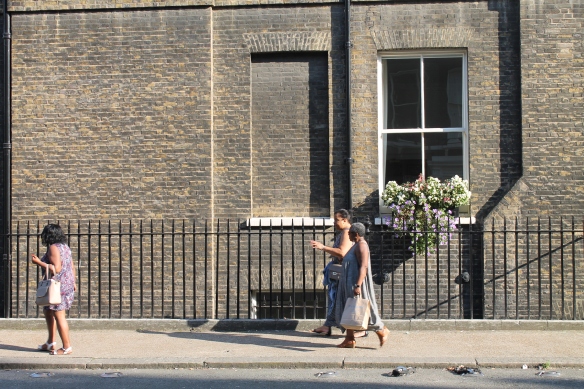A week ago, an article entitled The Beauty of Being Bilingual appeared in The New York Times. It was written by Peruvian-American writer, Natalia Sylvester. As a bilingual person myself, the topic interested me. I read the article carefully, then read it again, not entirely sure what message the author was attempting to convey.
“I’m most thankful that I can speak Spanish because it has allowed me to help others,” Ms. Sylvester writes. And “I used to think that being bilingual is what made me a writer, but more and more I see it’s deeper than that. It’s the constant act of interpreting.”
I became bilingual for economic survival. I moved to France not knowing a soul, and my priorities were clear: find an apartment, find a job, perfect my French. How else would I integrate, communicate, participate, get myself hired and fit in?
There’s a danger of speaking only one language, a foreign one, in a host country: it ghettoizes you. I didn’t want to be an outsider looking in. To move to France – or any foreign country for that matter – and not learn the lingua franca seems inconceivable to me. Being bilingual allows you to view the world through a wider lens. One day I will retire and – who knows? – move to Italy, Spain or Portugal. At which point I’ll learn Italian, Spanish or Portuguese.
The benefit of bilingualism is to not only open doors, but the mind. I’ve been told that it improves memory, helps you process information better, and ameliorates multi-tasking skills. It’s definitely a strength, and synonymous with enrichment: new words, new knowledge, new shapes and sounds coming out of your mouth and vocal organs. What a pleasure to read Baudelaire’s Les Fleurs du Mal in French. Or Le Monde, ELLE magazine, Courrier International, or any other French-language publication. What a pleasure to listen to the radio and television, follow current events, debates and discussions – and have opinions! – on all manner of things. Sometimes I’ll read an article in a French newspaper, then read an article in an English-language paper on exactly the same topic, and the viewpoints are completely different. Interesting! This shows the link between language, culture, mentality and POV (point of view.)
In less than a month, I have my interview at the Préfecture de Police to obtain French citizenship. How would that interview be conducted if I didn’t speak French? I can’t imagine a candidate showing up with an interpreter. I’m expected to provide answers (in fluent French) to a host of questions ranging from politics, literature, geography, history, laïcité (secularism) to regional cuisine. I’ve already memorized the names of France’s five main rivers (the Loire, the Seine, the Rhône, the Garonne and the Rhine), the meaning of Liberté Egalité Fraternité, the words to the national anthem, and a hundred other things. Should my interviewer ask if there’s one thing that I particularly like about France, I’ll reply, “La langue française!” (the French language.)

















































